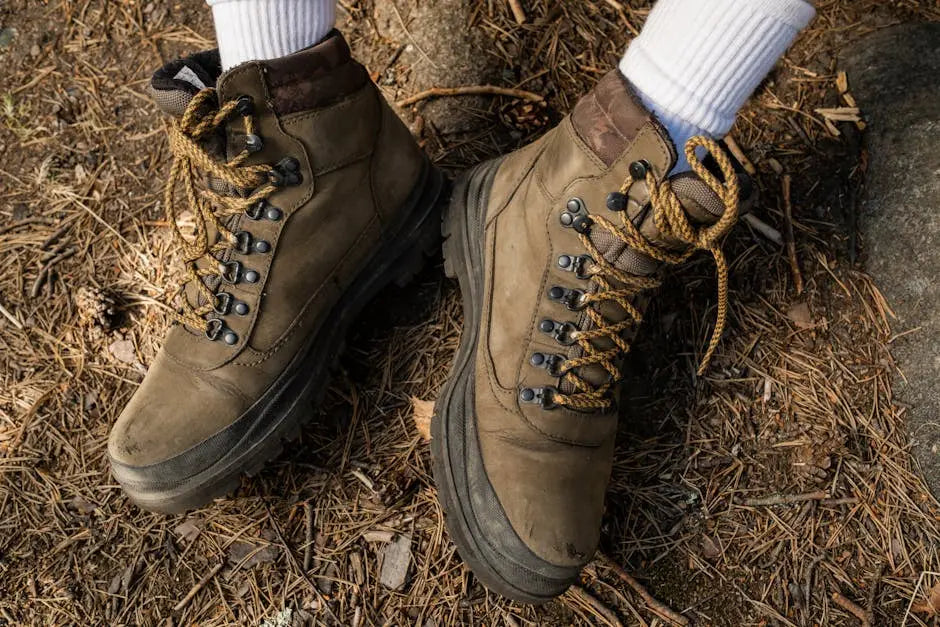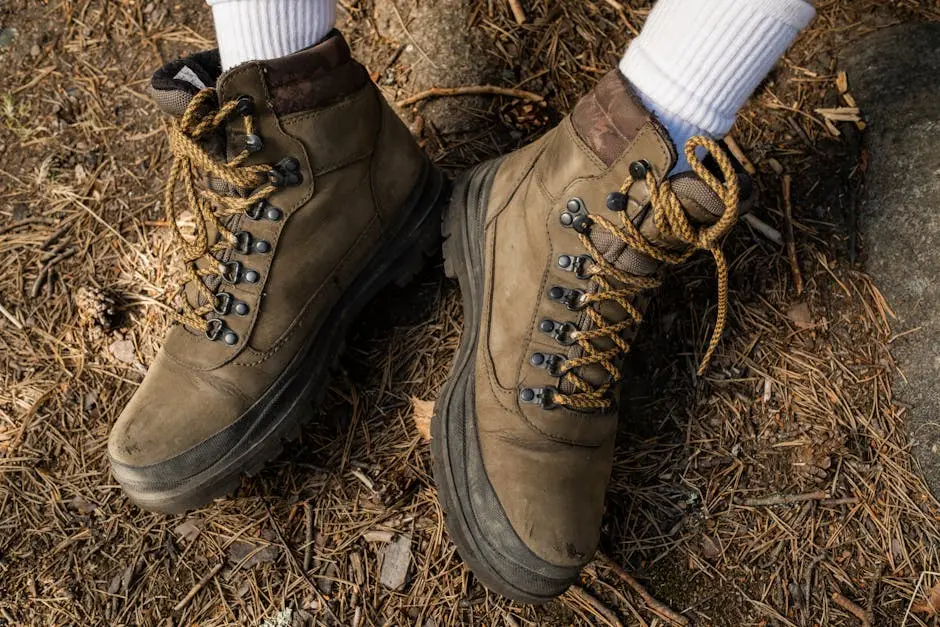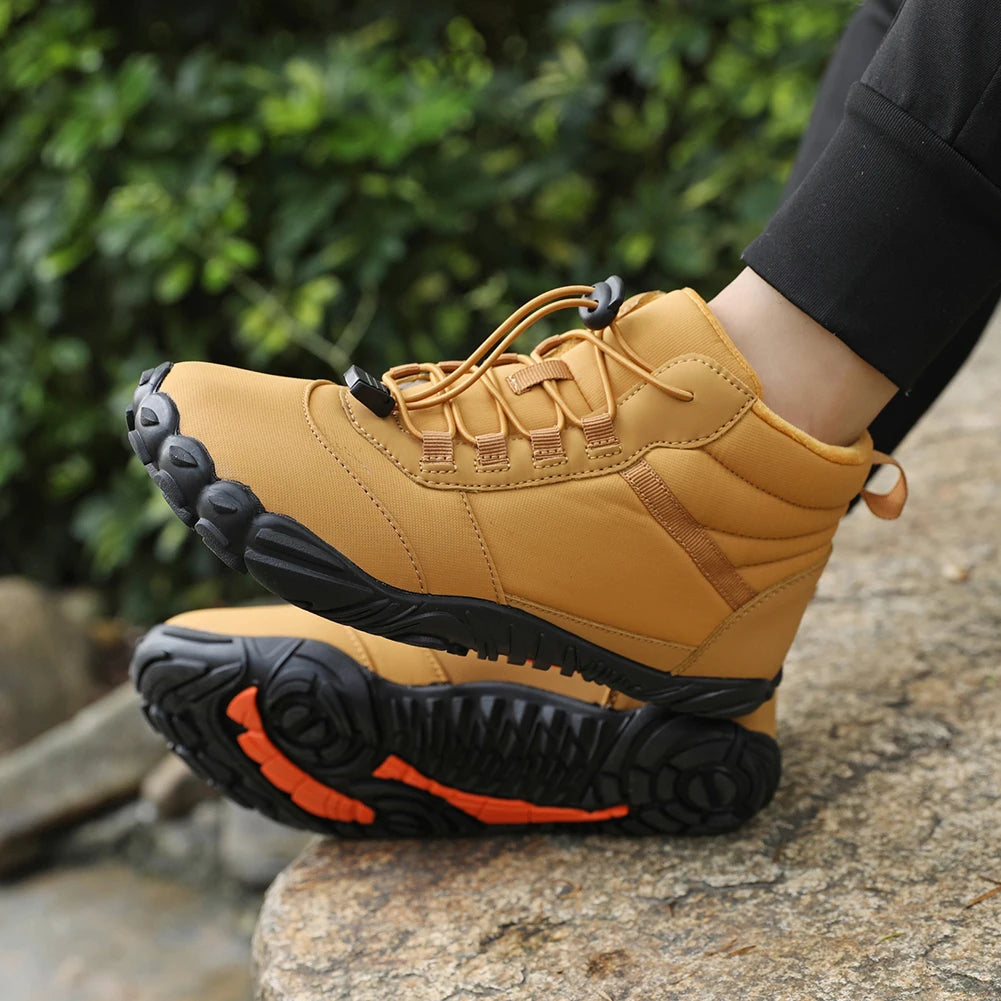
What to Consider When Choosing Zero Drop Hiking Boots?
Choosing the right hiking boots can make all the difference in your outdoor adventures, particularly when it comes to zero drop hiking boots. These boots can provide a more natural walking experience. In this FAQ, we’ll cover the key factors you should consider.
Understanding Zero Drop Technology
Zero drop boots have no height difference between the heel and toe, promoting a natural foot position. Understanding this helps you recognize the benefits of such footwear.
The concept of zero drop technology stems from barefoot running, which aims to mimic natural foot movement. By using zero drop hiking boots, hikers can experience a more balanced and grounded stride. This technology is designed to help reduce strain on the joints and improve posture over long hikes.
One of the most acclaimed advantages of zero drop boots is their capacity to enhance the wearer’s sense of connecting with the ground. This enhanced proprioception can lead to better balance and agility, a big plus when navigating tricky trails. Moreover, these boots help in building strength in the foot’s muscles and tendons over time.
Assess Your Foot Structure
Analyze your foot type to ensure zero drop boots are suitable for your feet to prevent discomfort or injury. Consulting with a professional can provide personalized insights.
It’s essential to evaluate your foot’s arch type before choosing zero drop boots. Those with a neutral arch might find these boots comfortable and beneficial. However, individuals with flat feet or high arches often need additional support, such as custom insoles, which can enhance the fit and performance of zero drop footwear.
Foot pronation is another crucial factor to consider. Overpronators, who roll their feet inward excessively, may require different support or stability features in their footwear. Understanding your specific pronation pattern can help in selecting the right hiking boots that align with your body’s unique structure.
Consider the Terrain
The hiking terrain influences boot choice. Zero drop boots are ideal for well-groomed paths and less ideal for rugged, uneven terrains.
For trails that are mostly flat and made up of well-trodden dirt paths, zero drop hiking boots are an excellent choice. They offer flexibility and comfort that cater to smoother walks. However, if your adventures frequently lead you into rocky or heavily uneven terrains, consider boots with a more aggressive tread and ankle support.
The choice between zero drop and traditional boots can also be influenced by weather conditions and trail type. Wet or muddy paths might require features like waterproofing or enhanced traction, which some zero drop boots offer. Exploring the pros and cons of different materials used in these shoes can provide better insight.
Check the Material and Durability
Focus on durable materials that can withstand trail conditions while offering comfort. Consider waterproof options if you frequently encounter wet conditions.
Zero drop hiking boots are often crafted with a combination of materials such as leather, synthetic fabrics, and mesh. Leather offers durability and weather resistance, while mesh provides breathability, making them suitable for warmer hikes. Evaluating the boot’s material can help ensure longevity and performance based on where and when you plan to hike.
In addition to material, pay attention to the boots’ construction. Double-stitched seams and reinforced toes can offer additional durability and protection from trail hassles. For many hikers, investing in durable and reliable hiking footwear can significantly impact their hiking experience and prolong the lifespan of their gear.
Test for Comfort and Fit
Comfort is crucial. Try boots on with the socks you plan to wear while hiking, ensuring they fit well and provide adequate support.
When trying on zero drop hiking boots, give yourself enough time to walk around in them. Consider factors like roominess, cushioning, and overall comfort. Make sure the boots neither squeeze your toes nor slide at the heel, to avoid blisters and discomfort during hikes.
It’s also wise to test the boots on an incline or uneven surface to mimic hiking conditions. This can help ensure the shoes’ grip and fit are appropriate. Remember, well-fitted boots can make or break your hiking trip, so prioritize comfort as a key consideration.
Final Thoughts on Zero Drop Hiking Boots
Choosing the right zero drop hiking boots involves considering factors like foot structure, material, and terrain. By weighing these elements, you can find a pair that enhances your hiking experience.
- Choosing a selection results in a full page refresh.
!

































